Renault's Chinese Journey: A Strategic Leap into the New Energy Era
![]() 04/03 2025
04/03 2025
![]() 402
402
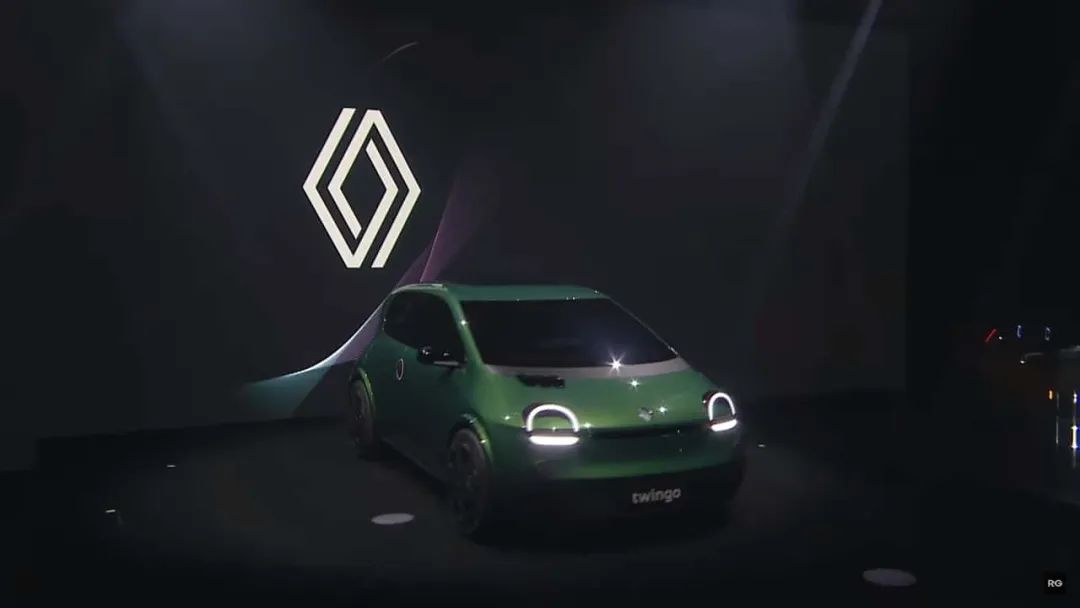
Introduction
"Learning from China" to become a global player.
Renault, the French automotive brand that once sparked a revolution in China, has a Chinese narrative far more intricate and profound than meets the eye. Born in 1898, this French marque once achieved the remarkable feat of selling half a million vehicles annually in the Chinese market but announced the cessation of its traditional fuel vehicle business in 2020.
At the dawn of this century, Renault swiftly carved a niche in the SUV segment with the unique design language and European handling characteristics of models like Koleos and Fluence. In 2016, the Renault-Nissan Alliance and Dongfeng formed a golden triangle joint venture system, with sales surpassing 560,000 units that year and a dealer network spanning over 200 cities.
However, the strategic contraction in 2020 caught the world off guard, with Renault's abrupt departure from the passenger vehicle business seeming to mirror the footsteps of brands like Fiat and Suzuki. While Renault is often lumped together with Mitsubishi, JEEP, and other "exiters," the European automaker's strategic layout to reconstruct its Chinese territory in the new energy era often goes unnoticed.
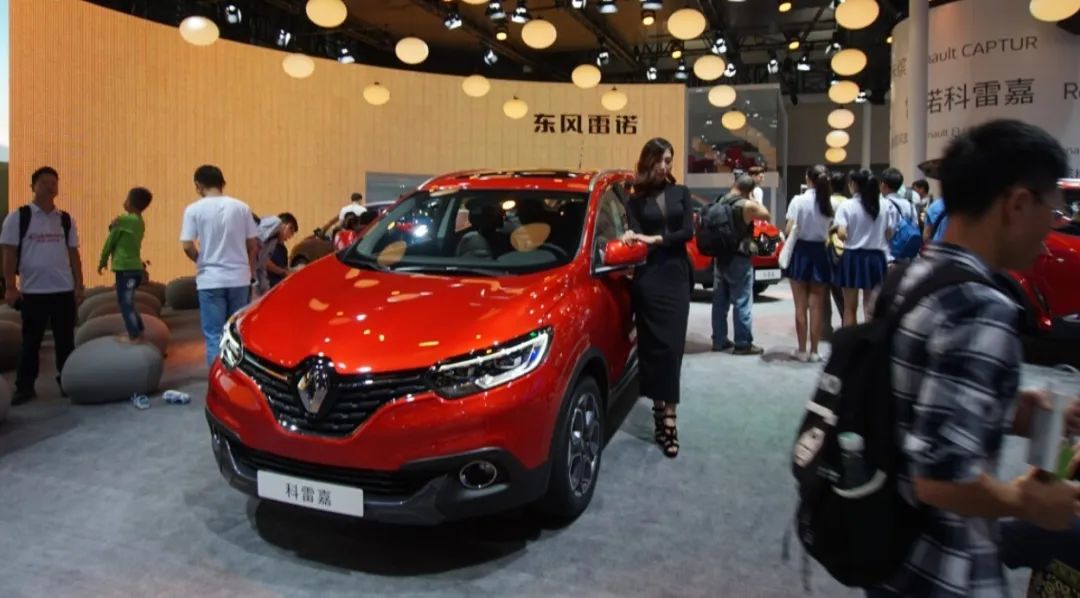
Unlike brands like GAC Fiat Chrysler and DS Automobiles that "withdrew completely," Renault's Chinese story is still unfolding: the eGT New Energy Automobile Co., Ltd. joint venture with Dongfeng; the Renault JMC established through the partnership with Jiangling Motors Corporation; and the reorganization of Huachen Renault Jinbei. This deep integration has allowed Renault's level of Chinese localization in recent years to surpass that of traditional giants like Volkswagen and Toyota.
01 Harnessing China's Momentum for Global Competitiveness
In the new energy race, Renault's technological genes are being carried forward through alternative paths. Amidst the global automotive landscape, while Renault does not directly sell cars in the Chinese market, it has deeply embedded itself within the Chinese market through unique cooperation models, fully absorbing the market's nutrients and achieving its own development and breakthroughs.
Renault's China strategy map presents a multi-layered, cross-domain three-dimensional layout. The collaboration with Dongfeng Group serves as a classic example—since its establishment in 2017, the jointly-ventured eGT New Energy Automobile Co., Ltd. has exported over 120,000 Dacia Spring electric vehicles to Europe.
Produced in the Shiyan factory and based on Renault's CMF-A platform, this micro electric vehicle topped the European electric vehicle sales chart in 2023 with sales of 68,550 units. Its pricing strategy below 20,000 euros directly reshaped the European market landscape. Notably, 85% of the parts for this model come from local Chinese suppliers, and the LFP battery pack provided by Contemporary Amperex Technology Co. Limited (CATL) reduces its cost by 30% compared to similar products.
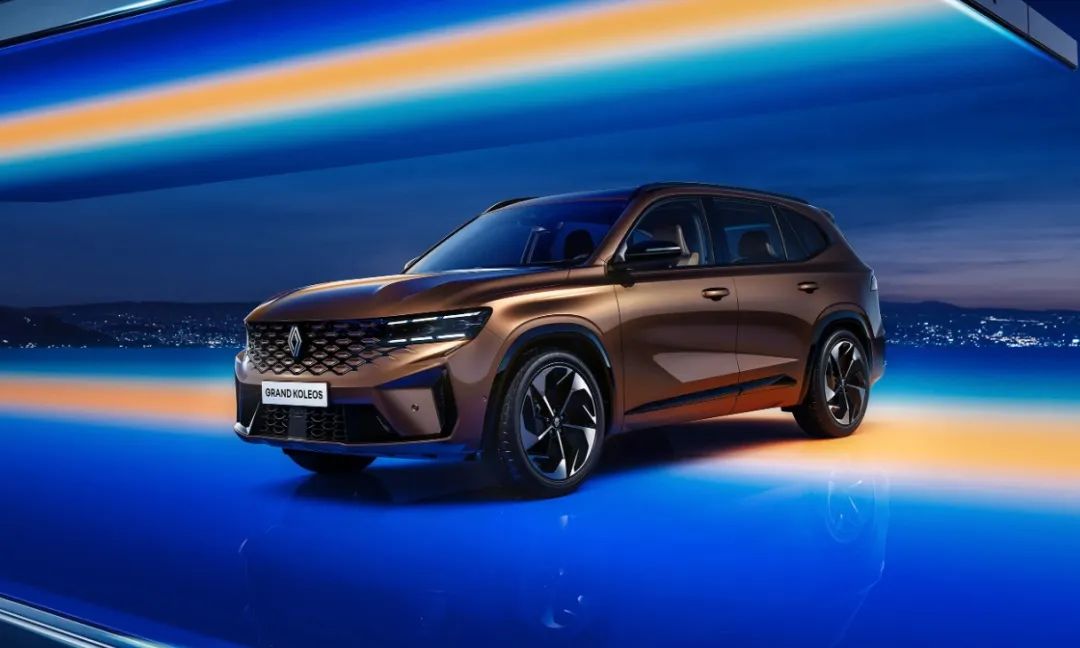
In addition to its partnership with Dongfeng, Renault has also established the HORSE Powertrain joint venture with Geely in the UK. This collaboration focuses on internal combustion engines and hybrid solutions, fully leveraging the technological research and development and manufacturing strengths of both parties. Moreover, the cooperation extends beyond the UK to South Korea, where they have launched the Grand Koleos SUV, further expanding Renault's global business footprint.
In terms of the supply chain, Renault has strengthened its system through cooperation with Chinese companies like CATL and Minth Group. As a global leader in power batteries, CATL provides Renault with high-quality, high-performance battery products, ensuring the endurance and safety of Renault's electric vehicles. Minth Group, with its extensive experience and advanced technology in auto parts manufacturing, offers Renault reliable parts support. Furthermore, Renault has collaborated with WeRide, a Chinese company specializing in autonomous driving. The L4 autonomous mini-bus developed in collaboration with WeRide has already undergone road testing in Provence, France, with its core algorithms incorporating 5 million kilometers of test data accumulated on Guangzhou's Bio-Island.
Moreover, the establishment of Renault's new Shanghai R&D center, the "Advanced China Development Center" (ACDC), is a strategic move to accelerate the development of electric vehicles and enhance global competitiveness. In late January 2025, the R&D center officially commenced operations.
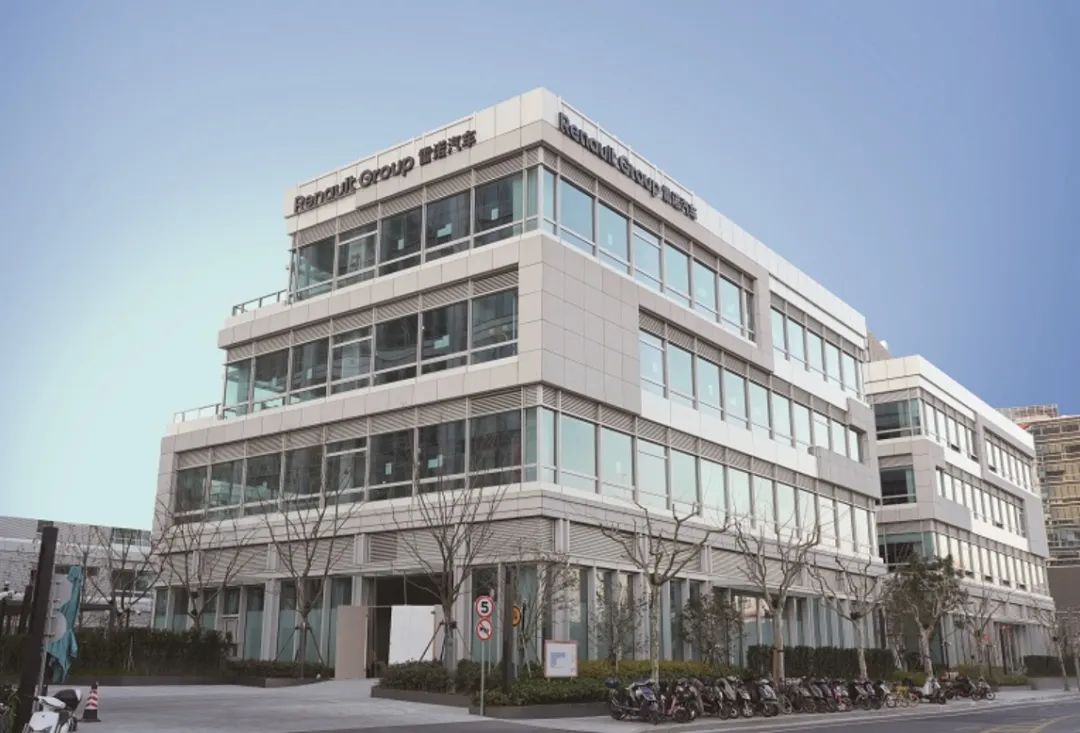
Renault CEO Luca de Meo holds a grand vision, aiming to develop an affordable car in less than two years. This goal will fully leverage the vast knowledge, research and development speed, and efficiency of Chinese electric vehicle experts.
Interestingly, the ACDC facility will be dedicated solely to the development of electric vehicles for Renault, with actual production taking place in Slovenia and the vehicles being sold exclusively in the European market. Currently, the center employs around 150 experts specializing in various fields, including battery technology, autonomous driving, and vehicle design.
By establishing ACDC, Renault is integrating cutting-edge technology to remain competitive in the evolving global electric vehicle environment. The upcoming Twingo E-Tech model is one of the significant outcomes of this R&D center, expected to be launched next year with a price below 20,000 euros, potentially stirring up new waves in the European electric vehicle market.
At a time when multinational automakers grapple with strategic dilemmas of "staying in China" or "de-China," the Renault Group has quietly constructed a vast industrial network post-exit from the fuel vehicle market through its unique "China embedded" model. This French brand, which does not sell cars in China, has secured a unique position in the global electrification transformation by deeply embedding itself in China's new energy ecosystem.
02 "New Home" Completed, Strategy Elevated
While Europe debates the "China threat theory," the Renault Group has completed a strategic upgrade along the Huangpu River.
On March 28, the Renault Group's new "home" was inaugurated on the banks of the Huangpu River, with ACDC located next to it, serving as a strategic bridge connecting innovative forces in the automotive ecosystem. Renault stated that with its "new home" as the starting point, it will collaborate with Chinese ecological partners to build an open and win-win smart electrification ecosystem in the international market.
"This is a milestone in the Renault Group's strategic upgrade in China and an accelerator for the Renault Group to evolve into the next generation of automotive companies," emphasized Gilles Normand, Chairman and CEO of Renault China. Facing China's robust industrial ecosystem, he elaborated on the dual mission of Renault Group's "new home" in China: "It is both a super interface for aggregating local innovation energy and a strategic link for activating Renault Group's global resources."
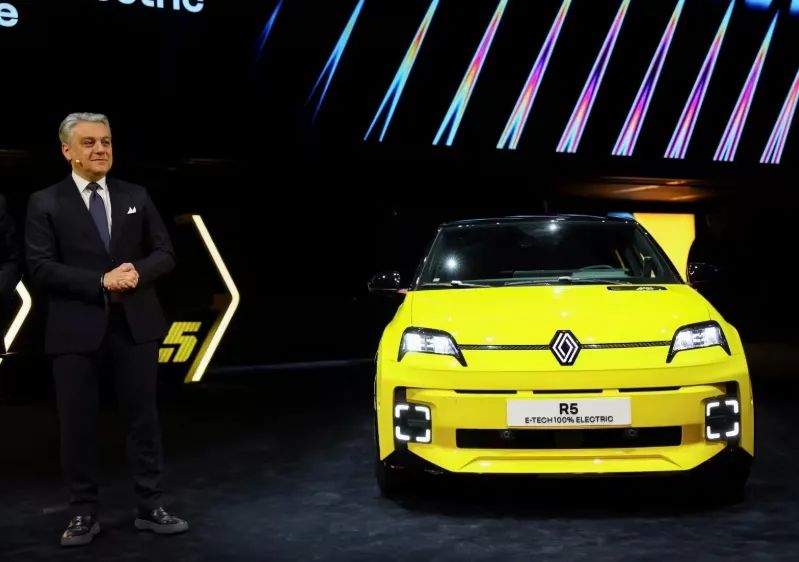
Recently, Renault Group CEO Luca de Meo's public remarks garnered widespread attention in the industry. He stated that in the face of China's automotive industry's strong development momentum, the European automotive industry needs to change its mindset and learn from China to avoid being left behind.
Data reveals a stark reality: The average development cycle for electric vehicle platforms among Chinese automakers is 22 months, while European counterparts require 42 months; the cost of Chinese power battery packs has dropped to $87/kWh, while Europe still hovers around $112. This efficiency gap prompted Renault to relocate its core R&D links to China.
Luca vividly pointed out that China plays the role of "holding the steering wheel" in the development of the automotive industry, while Europe is in the "passenger seat." China controls a significant portion of battery production and lithium refining capacity. He also mentioned that the insufficient demand for electric vehicles in the European market is partly due to the lack of competitiveness of European-made electric vehicles, which are priced higher than Chinese cars.
He emphasized that the electrification of the automotive industry is the general trend, and Europe should humbly learn from China and cooperate with Chinese manufacturers to draw inspiration from their methods and predict new directions for technological revolution. He particularly praised the capabilities of Chinese automakers in rapid advancement, new model development, and market launch.
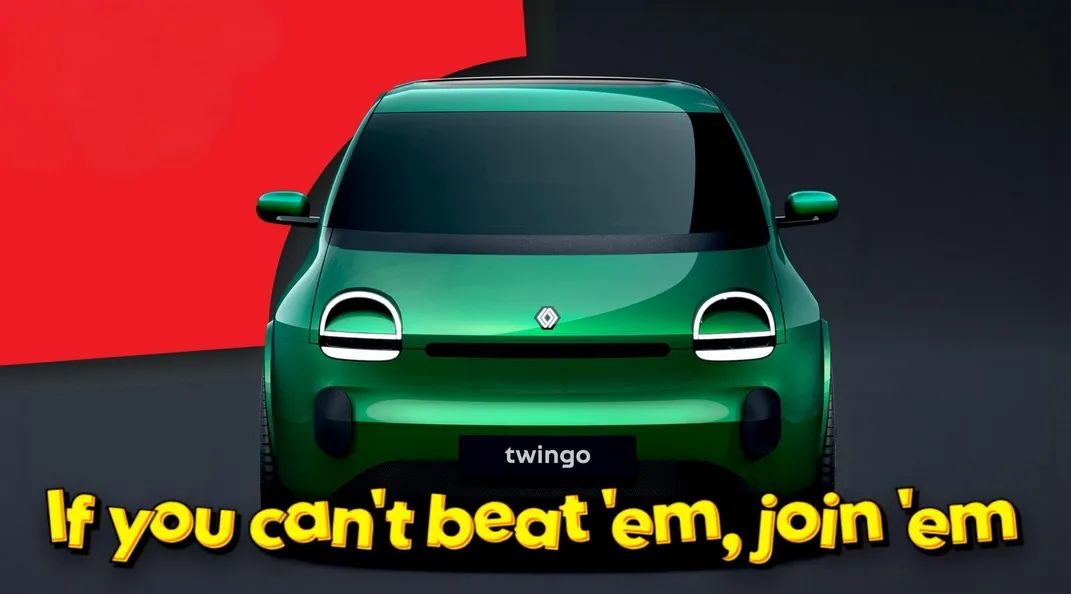
"The reasons for setting up an R&D center in China include the innovation speed, cost-effectiveness, and advanced technology of the local electric vehicle industry, highlighting the importance of cooperation between China's electric vehicle supply chain and European automakers," Luca said. He hopes to integrate these advantages into the future global product development of the Renault Group to help improve its overall competitiveness.
Standing at a new starting point on the banks of the Huangpu River, Renault Group's "China strategy" has transcended a simple market layout. By constructing a dual-wheel drive model of "local innovation + global collaboration," this century-old automaker is transforming the successful experience of the Chinese market into a key variable for enhancing global competitiveness.
This is both a sober recognition of market realities and a precise grasp of industrial laws. The "new home" on the banks of the Huangpu River is not only a strategic fulcrum for Renault but also an excellent window for observing the restructuring of the global automotive industry. When China's innovation momentum generates a ripple effect through Renault's global network, this industrial revolution originating in the East will ultimately reshape the competitive landscape of the global automotive industry.
For Renault, whether it can truly become an "innovation translator" between China and Europe will determine its industry coordinates in the next century.
Editor in Charge: Du Yuxin, Editor: He Zengrong








